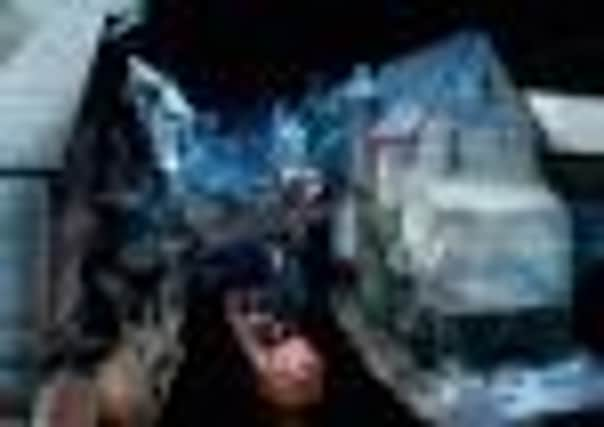Leisure becomes big business after end of mining industry


The 1984 miners’ strike, sparked by the Thatcher Government’s decision to shut the Cortonwood mine, near Barnsley, was the sign of a Prime Minister flexing her muscles in the aftermath of victory in the Falklands.
This time, however, it was the traditional livelihoods of thousands of working-class men which were brought to a halt, rather than the gung-ho militarism of General Galtieri’s Argentine upstarts.
Advertisement
Hide AdAdvertisement
Hide AdOut of this grim setting, which changed forever the landscape of British industry, there were some small positives.
For Andrew Howarth, John Martin and Tony Brown, the destruction of coal mining prompted a re-think and a new line of work from which they are still benefiting today.
Within five years, the three men had sold their business, which made locomotives and rope-haul transport systems for British Coal and several foreign mining companies, as an emboldened Margaret Thatcher hastened the speed of pit closures.
They took their technology to the worlds of leisure where, with a new company, WGH Transportation Engineering, they carved out a niche in the design, assembly and installation of leisure rides for some of Britain’s best-known entertainment parks.
Advertisement
Hide AdAdvertisement
Hide AdToday, the firm, which is based in Old Edlington, near Doncaster, turns over about £2.25m and has 10 staff.
It has taken the skills honed during three decades designing and creating narrow-gauge locomotives and large inclined steel rope-hauled railways for the mining industry and used them to create rollercoasters, water rides and ground-mounted “dark rides” for places like Jorvik Viking Centre, in York, Cadbury World, in Birmingham, Legoland in Windsor and Dickens World, in Kent.
“We got into the leisure industry just after the miners’ strike because we thought we had better find something else to do,” Mr Howarth said.
“We got into it quite by chance and found there was no UK designer and manufacturer of rides for the leisure industry – everything came from abroad.”
Advertisement
Hide AdAdvertisement
Hide AdIn 1985, Mr Howarth was approached by somebody selling small rides for fairgrounds, who had been given an introduction to the business behind Camelot Theme Park, in Chorley, in Lancashire.
Mr Howarth was offered a down-payment of £50,000 for a £200,000 job – and they had the first ride up and running by Easter.
The three directors of Gyro Mining Transport (GMT), which had been set up in 1977, sold the firm to Hunslet Engineering Company, based in Leeds, in 1989, and began to develop what would become WGH.
“We had intended to coast into retirement as consulting engineers but within six months, we were back into major projects and that is where we have been since,” Mr Howarth said.
Advertisement
Hide AdAdvertisement
Hide Ad“We always used to joke that railroad systems were more akin to rollercoasters than (overground) railways systems.”
There were some major differences between the leisure industry and mining, however. The methane released during underground coalbed work meant that men worked in an environment “which had the potential to blow up”, and this was something they were spared after setting up WGH.
Today, WGH, whose manufacturing is done by local sub-contractors, also creates laser-guided dredgers and inclined lifts as well as equipment for major tourist attractions.
It has worked on an inclined lift for Ironbridge Gorge Museum, in Telford, passenger control gates and an automated platform system for the London Eye, and the new ride system for The Scotch Whisky Experience, in Edinburgh.
Advertisement
Hide AdAdvertisement
Hide AdMr Howarth said the firm has been affected by the changes in the leisure industry, just as GMT had been by the mining industry more than two decades earlier, but new opportunities have arisen.
“Modern coal mining had a 30-year life. It got under way in the 1950s and ended in 1984 after the miners’ strike – it didn’t make more than 35 years.
“The leisure industry started in 1973 with Alton Towers (but) the leisure park business virtually ended in 2000, and that had a 30-year life.
“What came along were stand-alone attractions like Dickens World, the Jorvik Viking Centre and Scottish Whisky.”
Advertisement
Hide AdAdvertisement
Hide AdWGH has secured enough work to take it up to Easter next year, including a project for a boat ride at the world-famous Blackpool Pleasure Beach.
It has also worked on projects around Europe, such as at the Opel car plant, in Germany, and the Ferris wheel at a hospice for terminally-ill children, in Kuwait City, ensuring that while the British coal-mining industry has suffered irreparable decline, its skills and spirit are still in use around the world today.